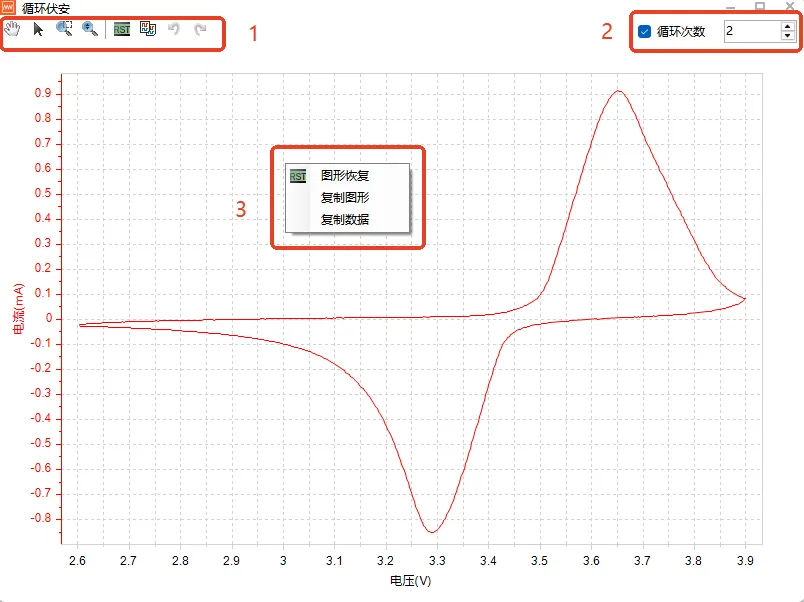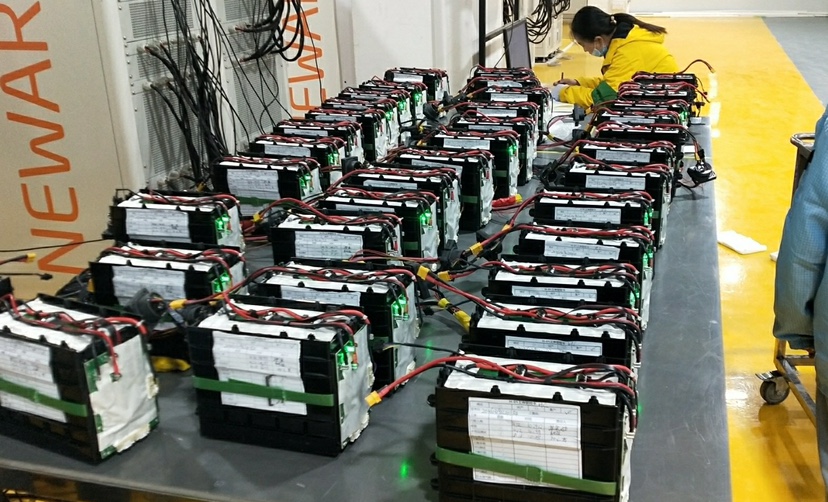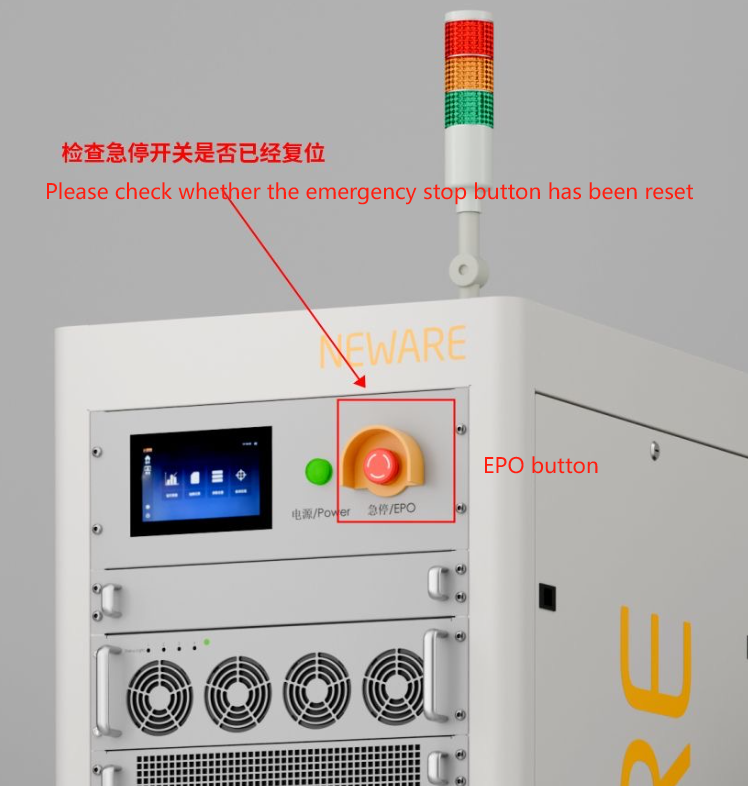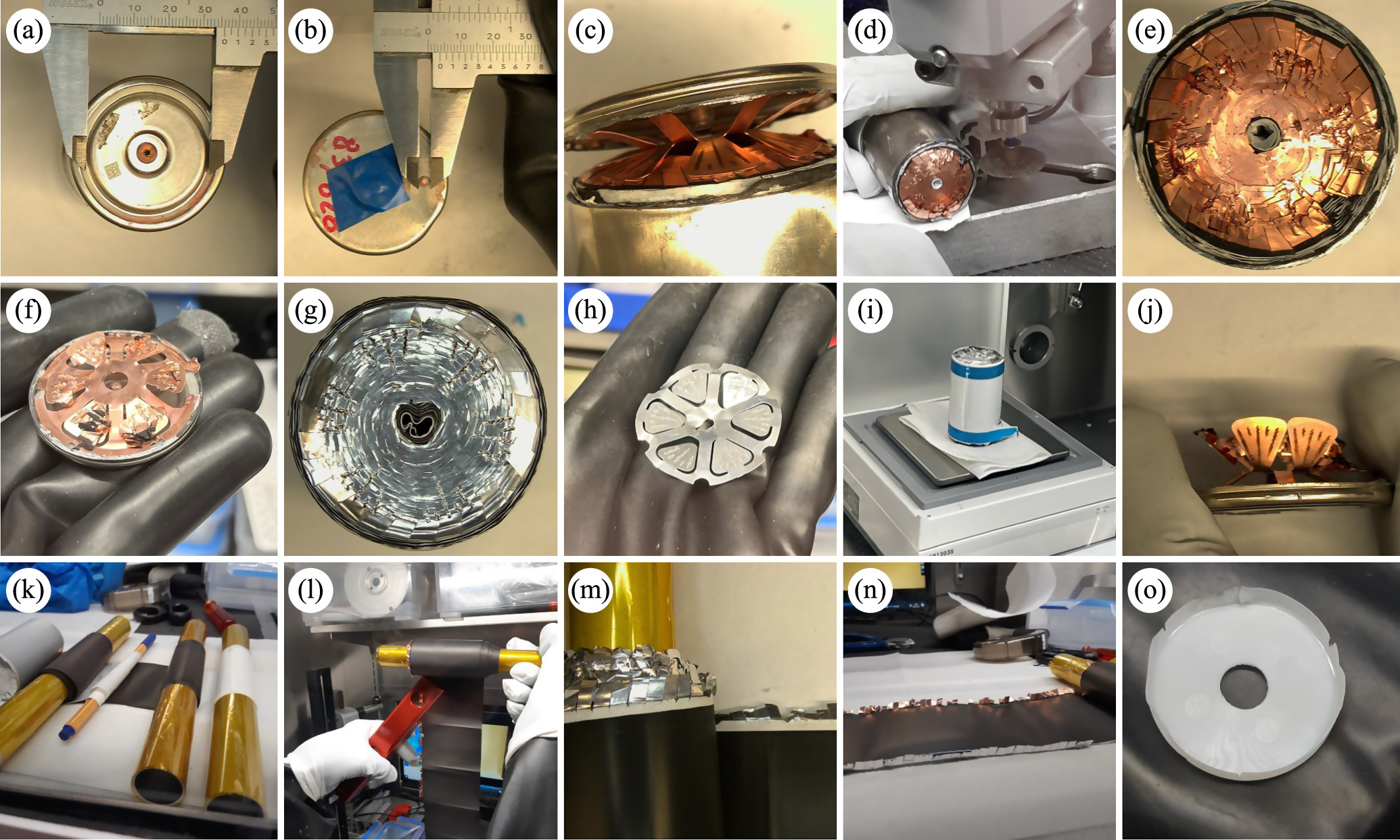
5 Minutes to Learn Cyclic Voltammetry Principles and Tests (CV)
Cyclic voltammetry (CV) is a technique to study the behavior-velocity-control steps of electrochemical reactions at the electrode/electrolyte interface, which is a simple, rapid and informative method for obtaining cyclic voltammetric curves, and has a wide range of applications in the fields of materials science, chemistry, environmental science and biochemistry, etc. In particular, it is indispensable for advancing the knowledge and technology in the field of electrochemistry. In particular, it is of indispensable importance to promote the development of knowledge and technological progress in the field of electrochemistry. Cyclic voltammetry can be used to determine the reversibility of electrodes, the mechanism of electrode reaction and quantitative analysis in electrochemical experiments. The





